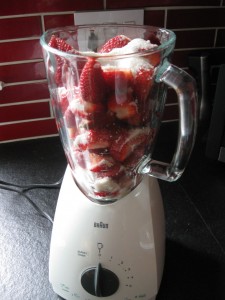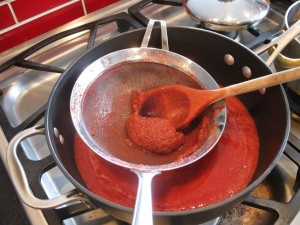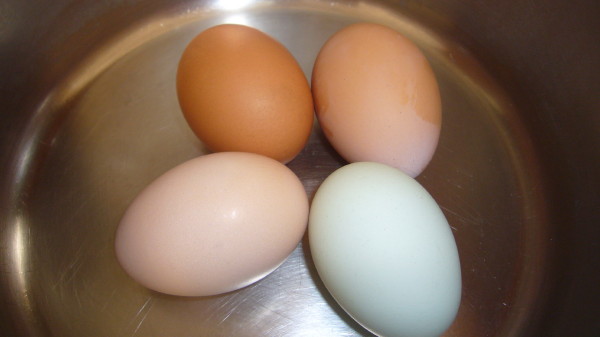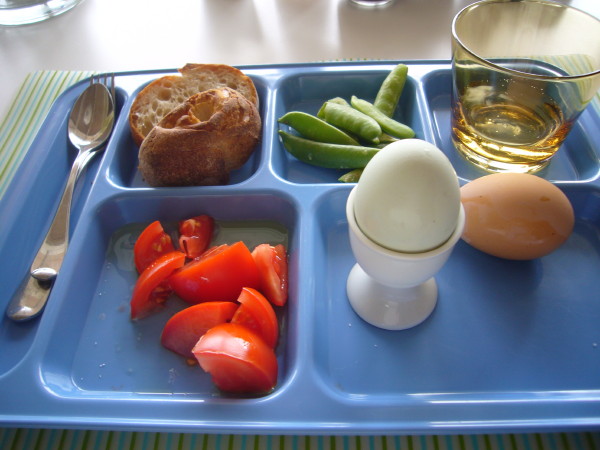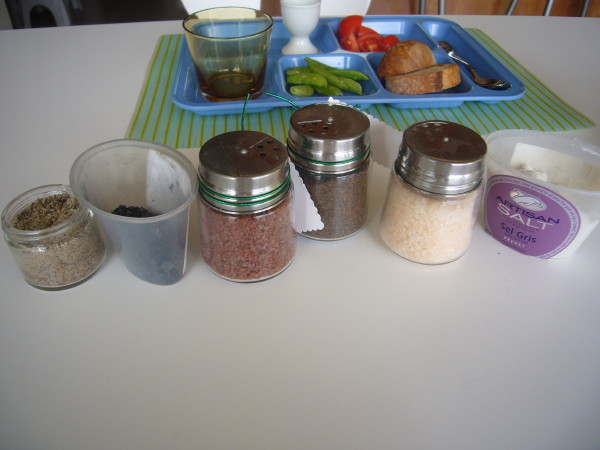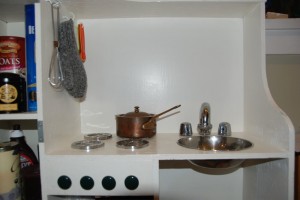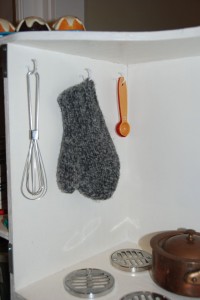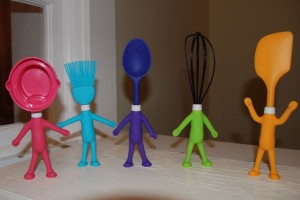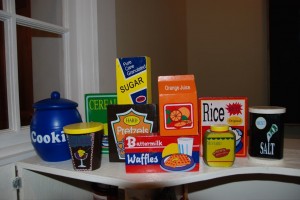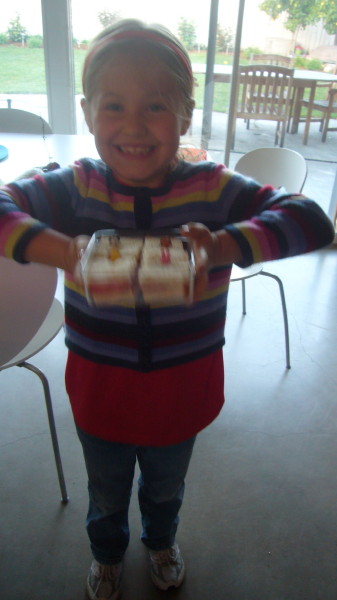by Caroline

Fruit leather is a bit of a thing in our house. On the one hand, I just don’t see the point. To me, it’s perfectly good fruit to which sugar has been added and plastic has been wrapped around. Why not just eat an apple or a cup of berries? But on the other hand, of course, I truly do see the kid appeal: it’s packable; it doesn’t drip; it’s never unripe and never has funny spots; plus, it’s fun to rip and smoosh and play with.
Years ago, when Ben was a brand-new preschooler, he eyed the snacks the other kids brought in their bags and asked his teacher to write me a note. She wrote:
Mommy and Daddy, I want fruit leather in my lunch. Love, Ben.
But Ben read the note to us a bit differently; he said:
Dear Mommy and Daddy, I hate my lunch! Give me fruit leather in my lunch! Love, Ben.
I learned my lesson.
Now Eli is in fruit leather corner, as he would say (channeling his beloved Pooh), and he asks for one in his lunch box every day, and I provide it, cringing slightly at the plastic but knowing, too, that it’s certainly not the least-green or least unhealthy thing in our lives.
When I had the chance recently to get a deal on a flat of strawberries, and started thinking of all the fabulous strawberry things I could make — tart! shortcake! jam! smoothies! — fruit leather rose to the top of the list, and I found a recipe over on Epicurious. It takes a while, but for the most part it can do its thing while you’re off doing something else.
1 1/2 lb strawberries, halved (4 1/2 cups)
3/4 cup sugar (depending on your berries, you can cut the sugar a bit; remember that the sweetness will concentrate as the fruit is cooked)
Purée strawberries with sugar in a blender until smooth:
Then strain through a fine-mesh sieve into a large heavy saucepan:
This is the most tedious part of the process, so I highly recommend enlisting your kids to do the job; just let them run the wooden spoon around inside the strainer to push the puree through and into the pot.
Bring purée to a boil, then simmer over medium-low heat, stirring occasionally (more frequently toward end), until thick enough to mound slightly and reduced to 1 to 11/4 cups, 45 minutes to 1 hour.
Preheat oven to 200°F with rack in middle. Line a large baking sheet with nonstick liner.
Pour hot purée onto liner and spread thinly (as evenly as possible) into a 15- by 10-inch rectangle using an off-set spatula.
Dry purée in oven until it feels drier (it shouldn’t stick to your fingers) but is still slightly tacky, 2 to 3 hours.
Cool on liner on a rack until completely dry, at least 3 hours and up to 24.
Place a sheet of parchment paper over leather, then peel leather off liner and roll up in parchment.
It will keep in a sealed bag at room temperature for a month, but it’s not likely to last that long.

